ENDANGERED: Art4Apes is delighted to announce that Mariko Tada is our April 2021 Photography Virtual Artist in Residence
Congratulations to Mariko Tada for becoming our April 2021 Photography Virtual Artist in Residence. The Virtual Artist in Residence Program is awarded monthly to an artist and a photographer who have submitted 3 or more entries to the ENDANGERED Fine Art & Photography Contest and have been selected by the Curatorial Committee as best interpreting the aims of the Contest.
Artist Statement
My work in wildlife conservation and photography didn’t come to pass until the second ‘act’ of my life. In the first act, I was a music company executive in New York City and Los Angeles for many years, neck-deep in marketing strategies, photoshoots, and album debuts. Prior to that, I was studying literature and opera performance in college. You couldn’t get further from the world of nature conservation, sustainability, or the illegal wildlife trade. However, as a kid growing up in Canada, I had an innate appreciation for the outdoors, those experiences one has when an untamed childhood is rooted in wide-open natural spaces. I was always one to seek out the animals, whether it was the dog of a residence or a horse in a neighboring field, I preferred their company. The British half of my family had a history in southern Africa, and so growing up with these stories of the bush prompted me to visit as an adult. That was the turning point. I left the music industry and sought out ways in which I could be of service in the vast field of conservation. After some time in South Africa, I learned how sustainable wildlife tourism was a growing sector that was becoming an increasingly significant partner to the conservation field. I also found the lure of photography inevitable out in the bush. It was impossible to avoid it when my friends were world-class safari guides and photographers, teaching me how to anticipate animal behavior and movement, how to position oneself for the optimum shot, and most importantly, how to practice patience in spades.
“I realized that this crossroads of tourism development and wildlife conservation was where I wanted to focus my attention, i.e., how sustainable development could bolster support for the most vulnerable regions where at-risk communities face poverty, and where endangered wildlife faces extinction.”
So, I returned to New York City to obtain my Masters focusing on this area of study, collaborated on sustainable wildlife tourism development projects around the world, found a mentor, and continued to lecture on wildlife tourism, ethics, development, and sustainable solutions to graduate students. I also became a contributing writer on topics concerning ethical wildlife travel, particularly in the age of social media. Traversing the globe, I carried my camera everywhere. And through the years, I took inspiration from some of the leading conservation photographers out there. I learned how important it is to understand the story, not just strive for a stunning image. I learned that when tracking and photographing a coveted charismatic species, it was equally important to pay attention to the smaller details of the environment. And so, once tourism boards started to notice my images, and the more I saw people reacting to some of my photographs and asking questions, the more I understood how powerful of a medium it was. I also started using my images in my lectures, realizing how effective photographs were in engaging an audience.
“As a wildlife or conservation artist, your work is a form of storytelling, and storytelling is one of the most effective ways to reach people.”
Wildlife issues often get the backseat when it comes to the scope of the world’s problems, and your work helps to get these issues closer to the forefront of headlines, people’s minds, conversations, you name it. As an artist, choosing to focus on endangered species comes from a place of compassion and empathy toward something that is much greater than yourself. Choosing to spotlight an endangered animal in your work not only celebrates that animal, but it also makes a difference. Even if it prompts just one person to stop and ask you questions, that’s one more person who will learn about an animal’s plight than before you created your piece. Keep up your meaningful work.
Mariko Tada © 2021 Mariko Tada. All Rights Reserved.
See more of Mariko’s work and get in touch with her, by clicking on the links below:
Website: https://www.maritada.com
Facebook: @MariSTada
Instagram: @bigcatmari
Twitter: @bigcatmari
Mariko in the Namib Desert © 2021 Mariko Tada. All Rights Reserved.
ENDANGERED: Fine Art & Photography Contest 2020 Submissions
Tamboti leopard in South Africa. Photograph © 2020 Mariko Tada. All Rights Reserved.
We often forget that big cat species can be a real threat to each other. Tamboti had spotted two lions nearby navigating the thickets not far from where she sat with her cub. As lions do kill leopards, she was on high alert, ready to protect at all costs. Sadly, I learned of her death a few months later, likely at the hands of lions.
Tamboti leopard on high alert. Photograph © 2020 Mariko Tada. All Rights Reserved.
We often forget that big cat species can be a real threat to each other. Tamboti had spotted two lions nearby navigating the thickets not far from where she sat with her cub. As lions do kill leopards, she was on high alert, ready to protect at all costs. Sadly, I learned of her death a few months later, likely at the hands of lions.
Blue Iceberg in a Greenlandic fjord. Photograph © 2020 Mariko Tada. All Rights Reserved.
Sunlight pierces the ancient blue ice of a berg sitting in a Greenland fjord that has not frozen over in a decade.
Dirty Ice. Photograph © 2020 Mariko Tada. All Rights Reserved.
A Greenlandic iceberg sits in a fjord that has not frozen over in a decade. Laced with sediment to mark its long and grating journey through an ancient glacial valley the mixture of blue and dirty ice signifies an old soul now in its final resting place.
See more of Mariko’s work below:
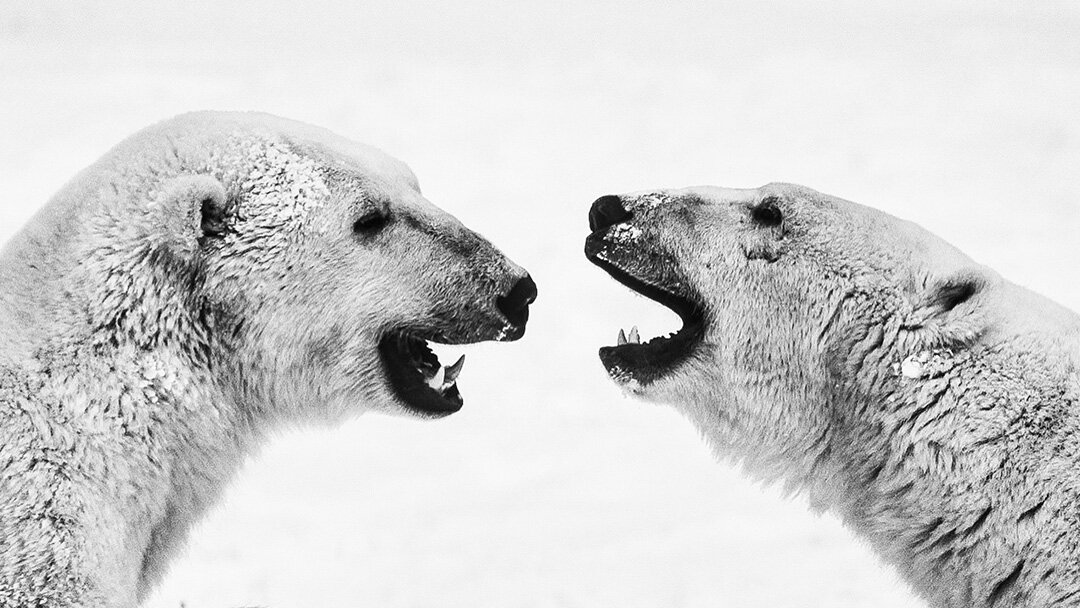
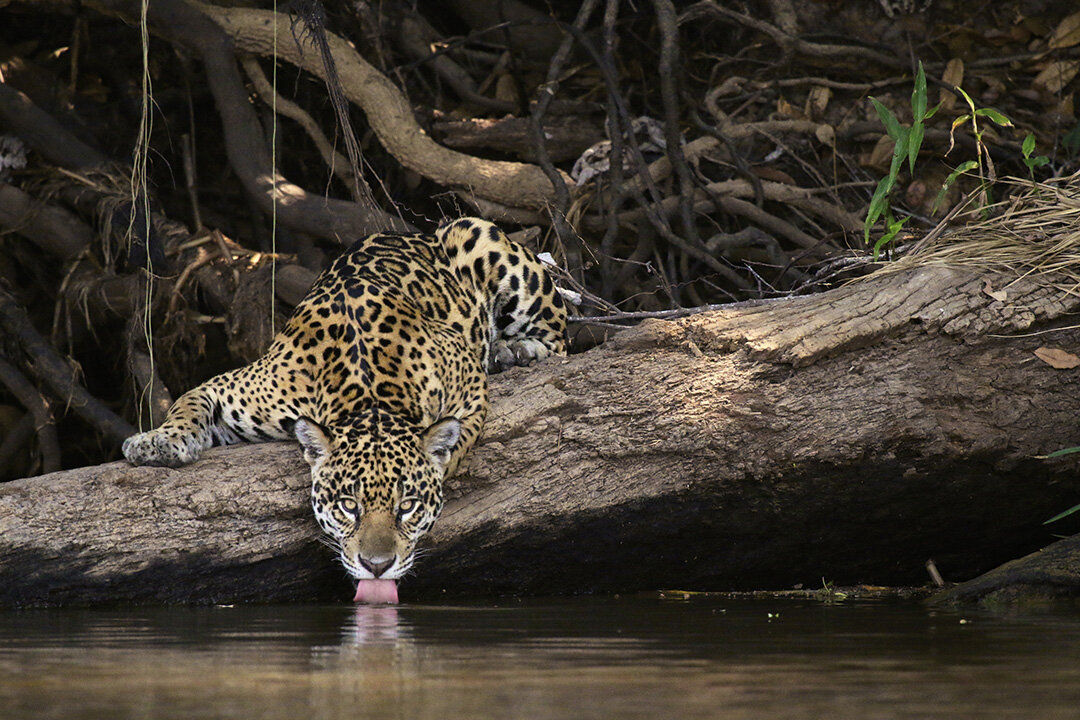
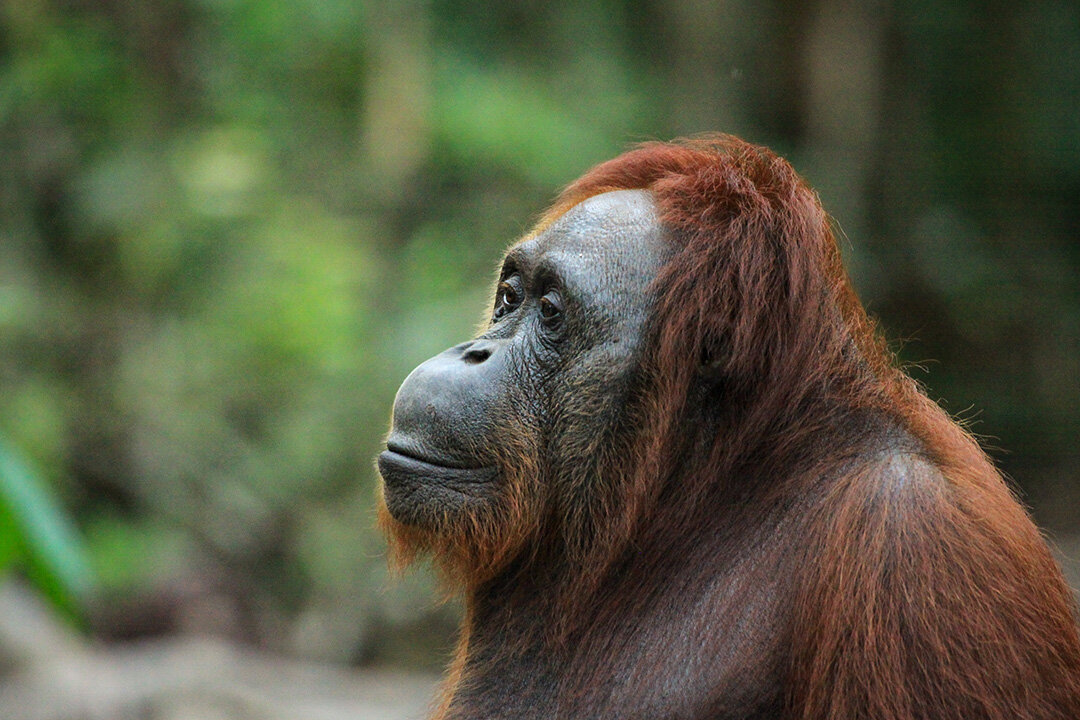
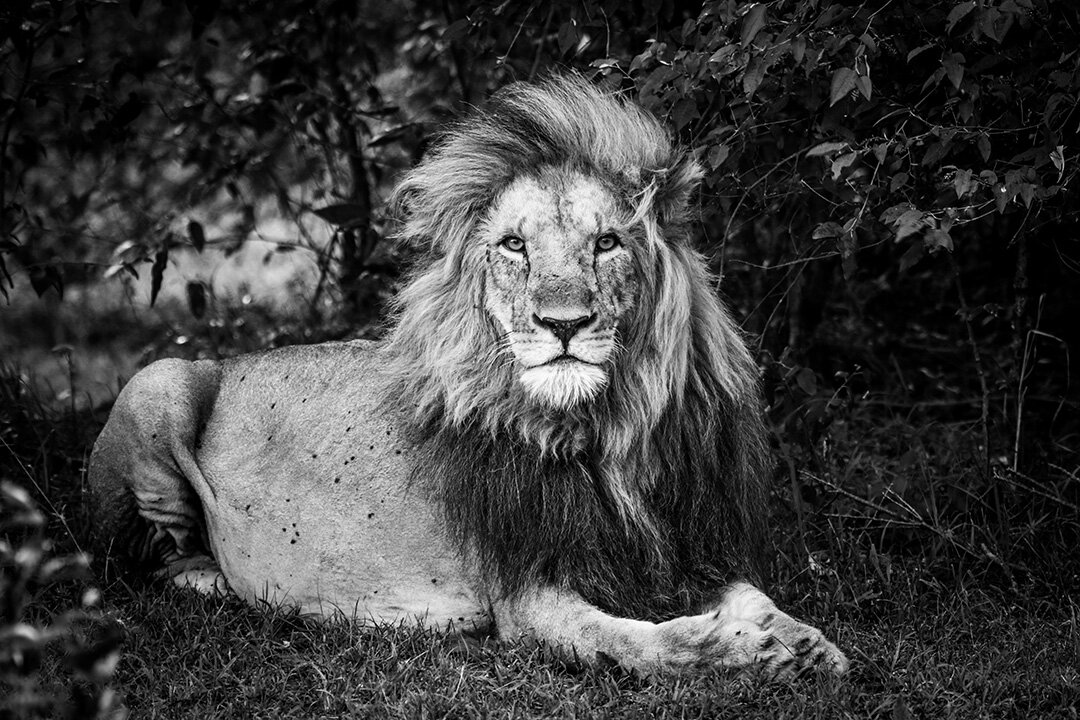
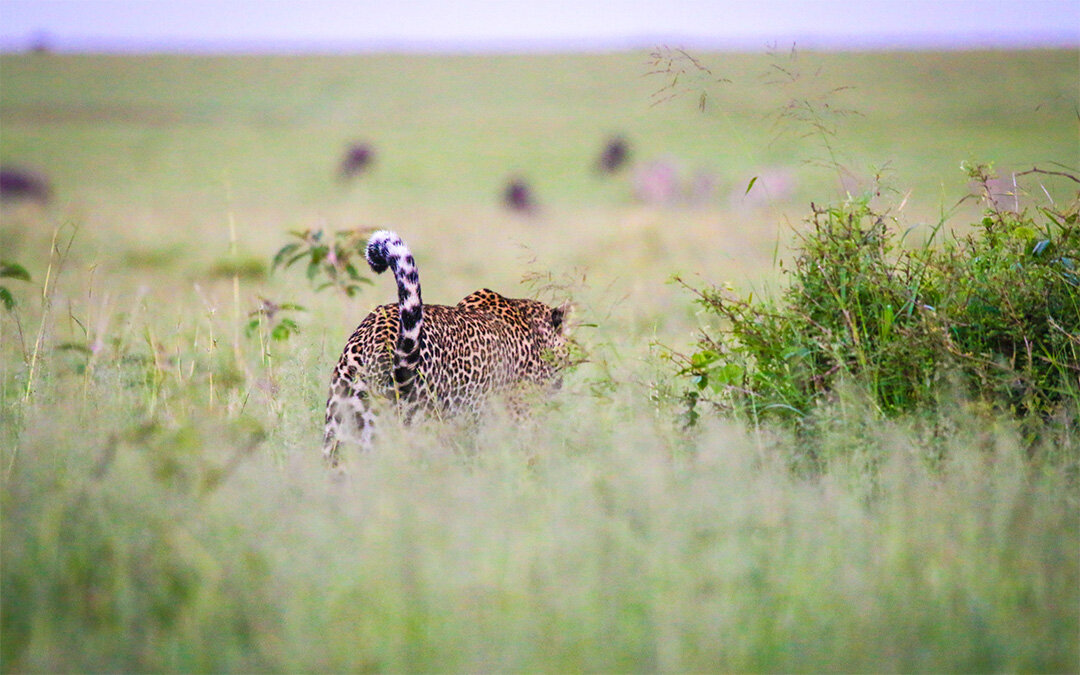
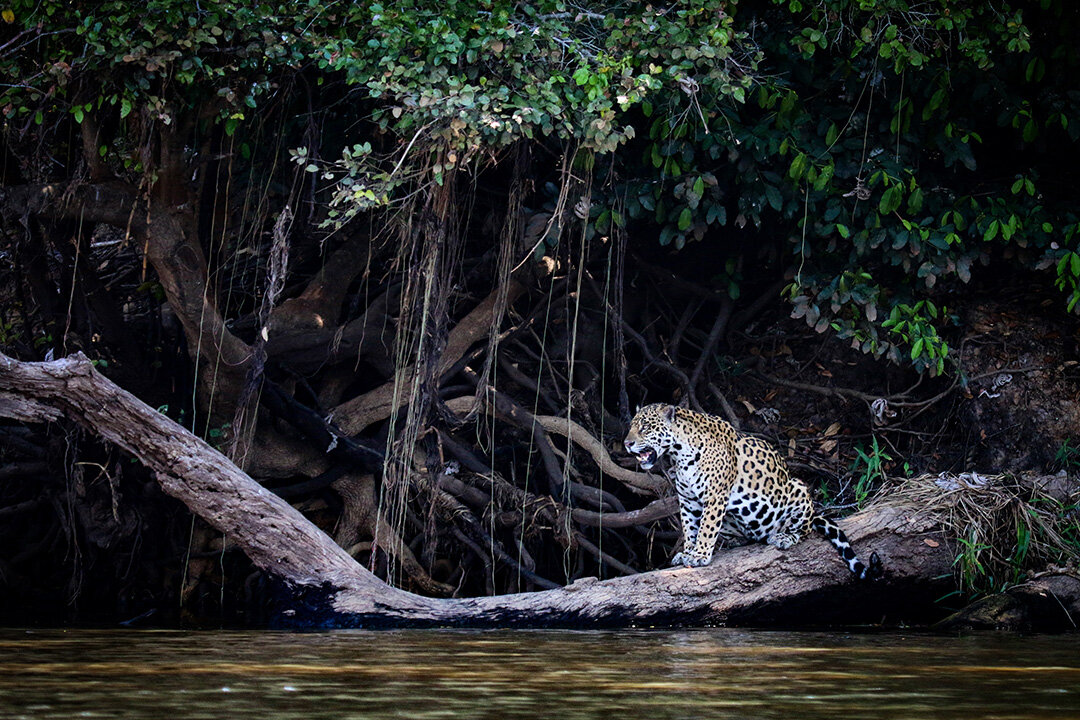
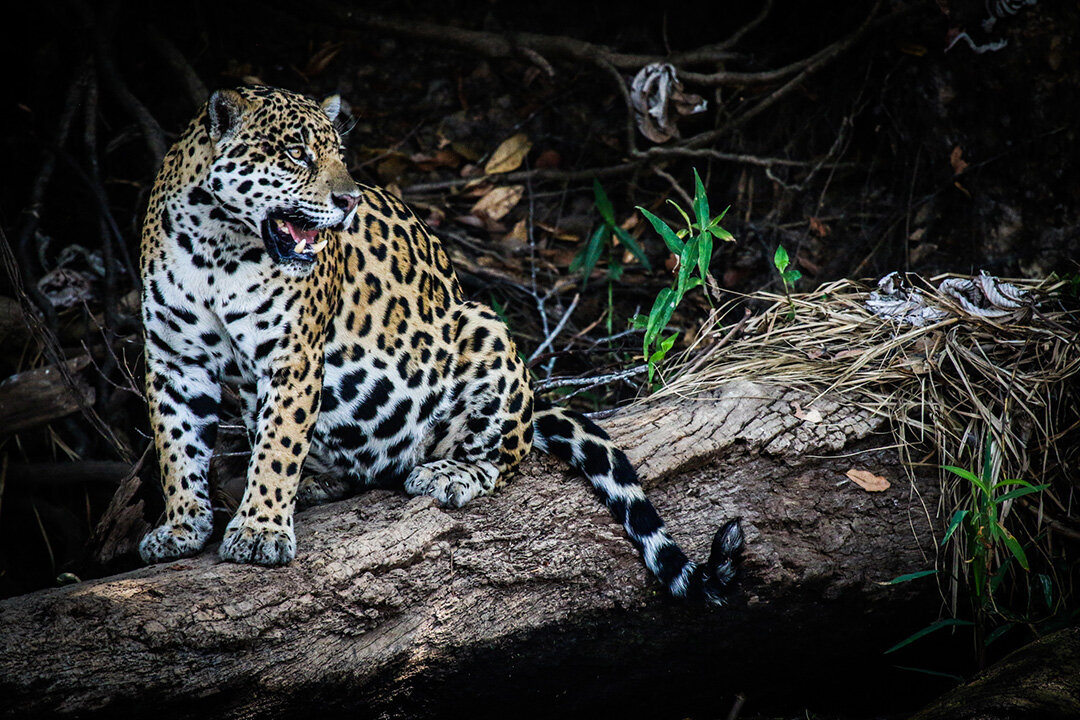
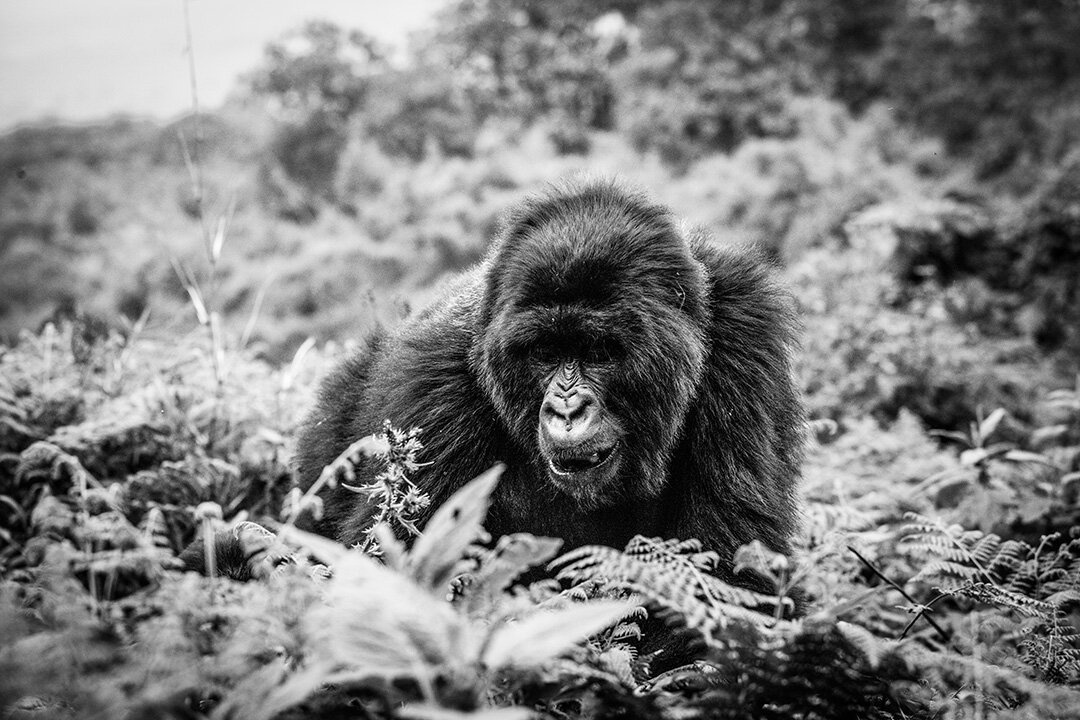
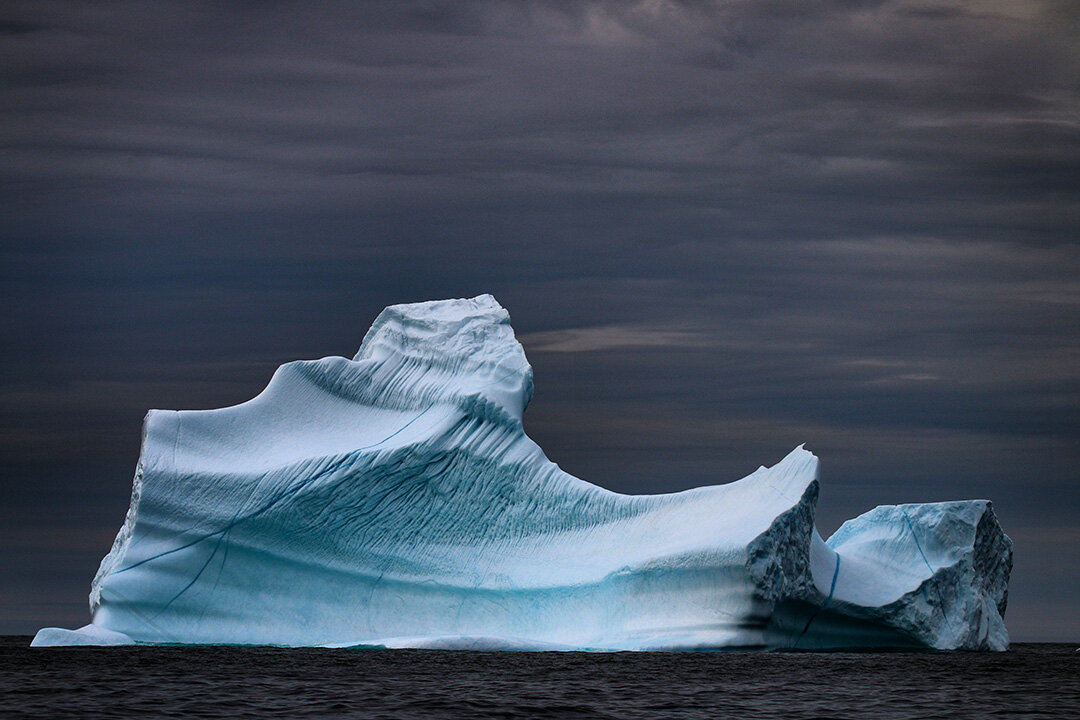
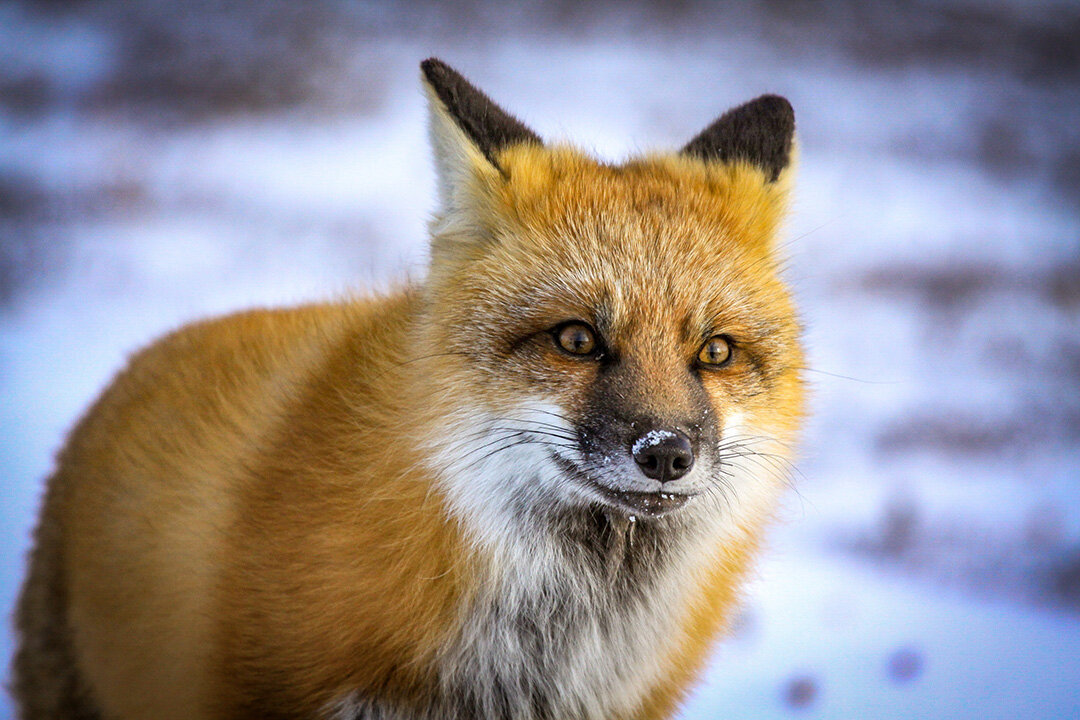
The Virtual Artist in Residence Program is awarded monthly to the artist and photographer who have submitted 3 or more entries to the ENDANGERED Fine Art & Photography Contest and have been selected by the Curatorial Committee as best interpreting the aims of the Contest.
Questions? Lindsey@Art4Apes.com






